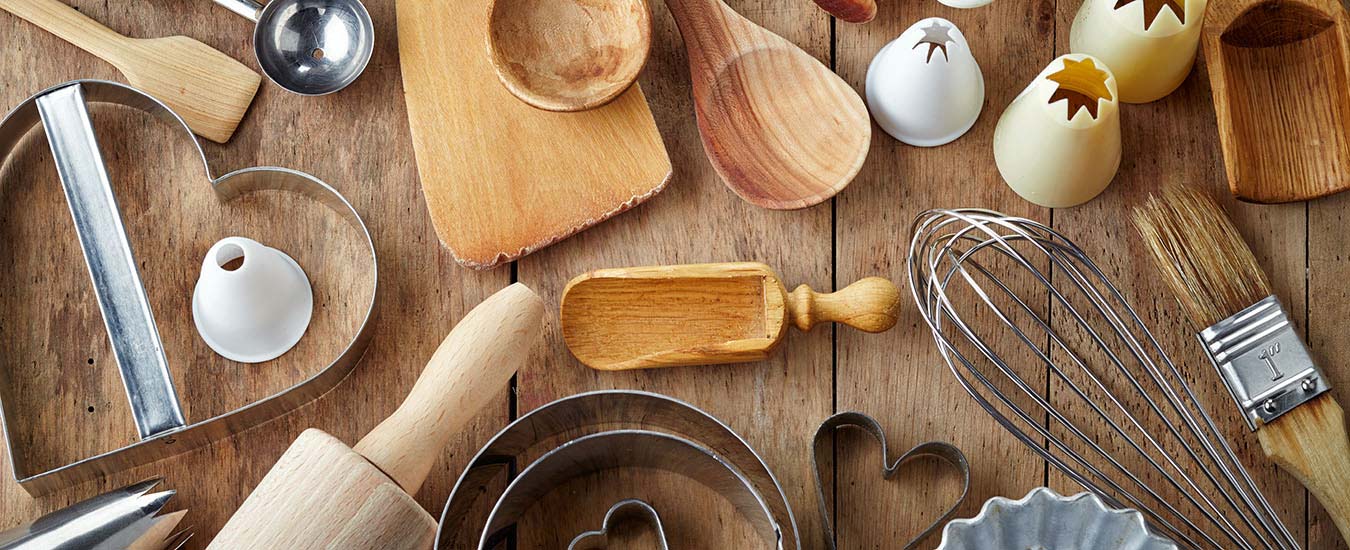Cultured mussels, in their fine mesh socks, have come a long way from their wild cousins.
The people of Prince Edward Island reflect where they live: rugged yet gentle. They are steeped in history and tradition, and fiercely proud. And one thing they take a lot of pride in is producing fresh bounty from both the land and the sea.
I recently had the privilege of speaking to one such Islander, Stephen Stewart, co-owner of Confederation Cove Mussel Co., in Borden-Carleton. He has been farming mussels for more than 20 years; in addition to farming, Stephen owns a mussel processing plant that employs 80 people-his operation is one of the biggest of its kind in North America.
Stephen's name has appeared in the news for another reason recently: he and oyster-shucking champion John Bil have teamed up to purchase a PEI landmark near Malpeque Bay. Formally called Hurricanez by the Bay, it has been renamed the Ship to Shore Restaurant, and the partners' goal is to return the restaurant to its glory days with a strong emphasis on fresh local seafood, including cultured blue mussels (Mytilus edulis).
The tasty morsels-which are the most economically important aquaculture species on the Island-are harvested year-round. When weather permits, the mussels are harvested on the estuaries and rivers by boat; when winter moves in, farmers venture out onto the ice to gather their harvest-perilous at times, depending on the ice conditions.
Unlike some shellfish, mussels remain flavourful year round; they don't taste better in one season than another, however the size of the meat varies depending on the time of year.
Mussels spawn from late April to mid June. After spawning, mussels are the smallest, but the taste still succulent. The meat begins to fill out again toward the end of summer, when the water cools down.

You may have noticed that the meat colour varies. White meat indicates a male, while yellow meat can indicate either male or female, although it tends to be mostly female.
So, what's the lifecycle of a mussel? In spring, when the water temperature reaches around 15°C, larvae are released into the water. The mussel farmer puts out seed collectors, usually frayed pieces of rope or strips of plastic mesh attached to a buoy line, where some of the billions of mussel larvae settle. Once the young shellfish-called spat-are up to an inch long, usually around the first of October, they are stripped from the lines and taken ashore where they are graded; they are then put into mesh sleeves called socks, and suspended from long lines below the water's surface for the winter.
As the mussels continue to grow the following spring and summer, additional flotation devices are added to the lines.
After 18 to 24 months, the mussels will have reached a marketable size, and the socks are transported to a processing plant. The shells are stripped from the sock, de-clumped, washed and the beards removed. Once they are inspected and any broken or substandard mussels are removed, the PEI prized product is shipped to market, locally and beyond.
